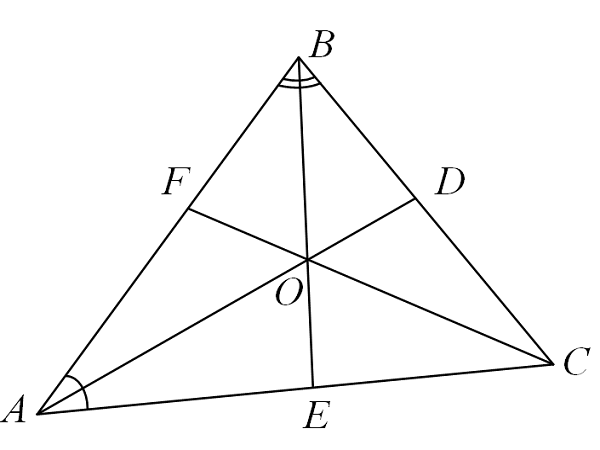What is a bisector
The study of the properties of triangles and solution of problems associated with them is an interesting process. It allows you to develop both the logic and spatial thinking. One of the important components of a triangle is a bisector. The bisector is a segment that goes from the corner of the triangle and divides it into equal parts.
In many geometry problems in conditions provides information about the bisector, thus it is required to find the angle or length of the opposite side and so on. In other tasks it is necessary to find the parameters of the bisecting line. To determine the correct response to any of the tasks associated with the bisector, you need to know its properties.
The properties of bisectors
First, the bisector is the locus of points that are removed at equal distances from the sides adjacent to the corner.
Second, the angle bisector divides the opposite corner side into segments that are proportional to the adjacent sides. For example, there is a triangle ABS, it out of the corner B enters the bisector that connects the vertex of the angle with the point M on the adjacent side AC. After the analysis, have the formula: AM/MS=AB/BS.
Thirdly, the point which is the intersection of the bisectors of all the angles of a triangle, acts as the center of the circle inscribed in this triangle.
Fourth, if two of the bisectors of one triangle are equal, then the triangle is isosceles.
Fifth, if there are data about all three bisectors, it is impossible to build a triangle, even if you use a compass.
Often to solve the problem bisector is unknown, it is necessary to find its length. To solve the problem, you need to know the angle from which it comes, and the lengths of the sides adjacent to it. In this case, the length of the bisector is equal to twice the product of the adjacent sides to the cosine of the angle divided by half the sum of the lengths of adjacent sides.
Right triangle
In a right triangle the angle bisector has the same properties as in the normal. But adds the additional property that the bisector of the right angle forms a crossing angle of 45 degrees. Moreover, an isosceles right triangle, the bisector, which is lowered onto the base, will also act as altitude and median.
